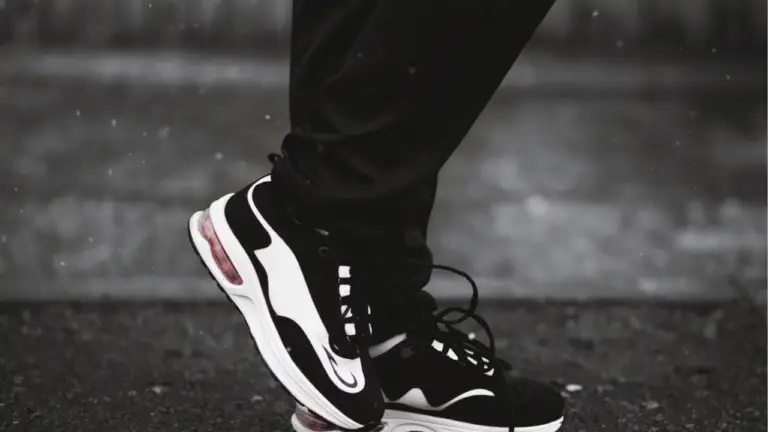How Long Do Wigs Last?

Wigs have become a popular accessory for many, providing a versatile way to change hairstyles without commitment. Whether used for fashion, convenience, or medical reasons, wigs offer a practical solution. One common question among wig wearers is, “How long do wigs last?” The lifespan of a wig can vary significantly based on several factors, including the type of wig, how often it is worn, and the care it receives.
The lifespan of a wig can range from a few months to several years, depending on factors like type, usage, and care.
Factors Influencing Wig Longevity
The longevity of a wig is influenced by its material. Synthetic wigs, made from artificial fibers, generally have a shorter lifespan than human hair wigs. A high-quality synthetic wig typically lasts about 4-6 months with regular wear, while human hair wigs can last over a year or even longer if well-maintained. The frequency of use also plays a significant role; daily wear can shorten a wig’s lifespan, while occasional use can extend it.
Proper care is crucial for extending a wig’s life. This includes regular cleaning, proper storage, and using the right products designed for wigs. For synthetic wigs, avoid exposing them to heat, as it can damage the fibers. For human hair wigs, treat them as you would your natural hair, using gentle shampoos and conditioners. By adhering to these care guidelines, you can maximize the lifespan of your wig.
Maintenance Tips for Longer-Lasting Wigs
To ensure your wig lasts as long as possible, follow a consistent maintenance routine. Start by gently brushing your wig before and after each use to prevent tangles and knots. Use a wide-tooth comb or a brush specifically designed for wigs. For synthetic wigs, avoid heat styling tools like curling irons and straighteners, as high temperatures can melt or damage the fibers. Instead, opt for heat-friendly synthetic wigs if you desire the flexibility of styling with heat.
For human hair wigs, regular conditioning is essential. Deep conditioning treatments can help maintain the softness and manageability of the hair. When washing your human hair wig, use sulfate-free shampoos and conditioners to avoid stripping the hair of its natural oils. After washing, allow the wig to air dry on a wig stand to maintain its shape and avoid damage from heat styling tools.
Signs It’s Time to Replace Your Wig
Even with the best care, wigs will eventually show signs of wear and tear. For synthetic wigs, you may notice that the fibers become frizzy, tangled, or lose their original style. The wig may also start to look dull and lose its shine. For human hair wigs, signs of aging include dryness, split ends, and difficulty maintaining the original style. If you find yourself constantly struggling to keep the wig looking good, it might be time to consider a replacement.
Another sign that it’s time to replace your wig is if the cap becomes stretched out or the wig no longer fits securely. Over time, the elastic and materials in the wig cap can wear out, causing the wig to feel loose or uncomfortable. When a wig reaches this stage, it can be difficult to wear confidently and securely, signaling that a new wig is needed.
Extending the Life of Your Wig
To prolong the life of your wig, consider rotating between two or more wigs if you wear them daily. This allows each wig to rest and recover between wears, reducing overall wear and tear. Store your wigs on a wig stand or mannequin head to maintain their shape and prevent tangling. When not in use, keep your wigs in a cool, dry place away from direct sunlight to avoid fading and damage.
Investing in high-quality wigs and proper maintenance products can also make a significant difference in longevity. While high-quality wigs may come with a higher initial cost, their durability and appearance can justify the investment. By taking these steps, you can enjoy your wigs for a longer period, ensuring you always look your best.






